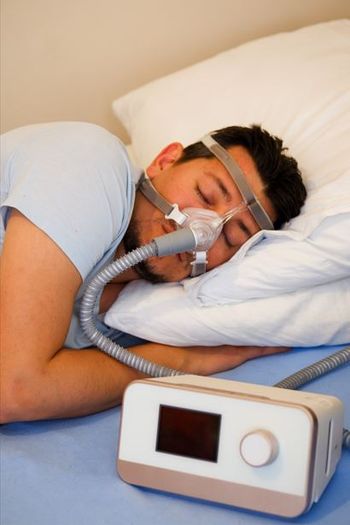
Waking Up to the Realities of Sleep Problems
Collectively, sleep problems are more than a concern, they now constitute an epidemic. Consider these 10 facts and figures.
When a few years ago Cornell University professor James B. Maas, PhD-a sleep expert-was to deliver the keynote address at the American College of Rheumatology/Association of Rheumatology Health Professionals Annual Scientific Meeting-to a rheumatology audience-I wondered why.
Then, when I heard him speak on the many
Most Americans are moderately to severely sleep-deprived, Dr Maas explained, with close to three-fourths failing to meet the recommended 8 hours per night. Three-fourths experience a sleep-related problem at least 3 days per week, and one-third of adults had fallen asleep at work in the previous month.
A dynamic speaker reminiscent of legendary Cornell astronomy professor Carl Sagan, Dr Maas went on to connect sleep deprivation with rheumatology and other clinical disciplines:
All of this, of course, is in addition to the many patient complaints caused by or associated with sleep disorders. Collectively, sleep problems are more than a concern, they now constitute an epidemic. Consider the following 10 facts and figures:
1. The CDC in fact has labeled insufficient sleep a “
2. Among 74,571 adult respondents to the Behavioral Risk Factor Surveillance System
3.
4. The
5. Mother-rated
6. Poor sleep quality can
7. Sleep deprivation
8.
9.
10.
• About 4% of US adults aged 20 years and older used prescription sleep aids in the past month.
• The percentage of adults using a prescription sleep aid increased with age and education.
• Prescription sleep aid use was highest among adults who sleep less than 5 hours (6.0%) and those who sleep 9 or more hours (5.3%).
• The use of sleep aids was reported by 1 in 6 adults who had a sleep disorder diagnosis and 1 in 8 adults who had trouble sleeping.
The American Academy of Sleep Medicine has issued an appropriate
Newsletter
Enhance your clinical practice with the Patient Care newsletter, offering the latest evidence-based guidelines, diagnostic insights, and treatment strategies for primary care physicians.





























































































































































































































































































































